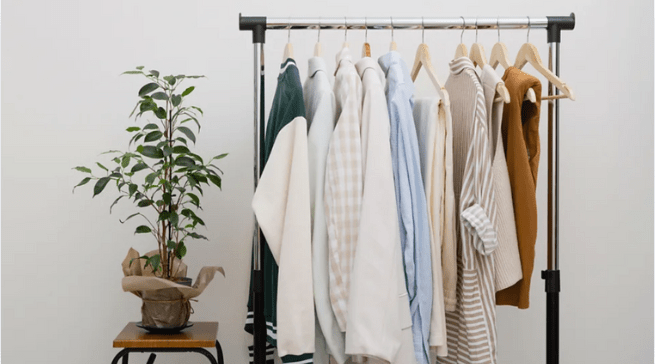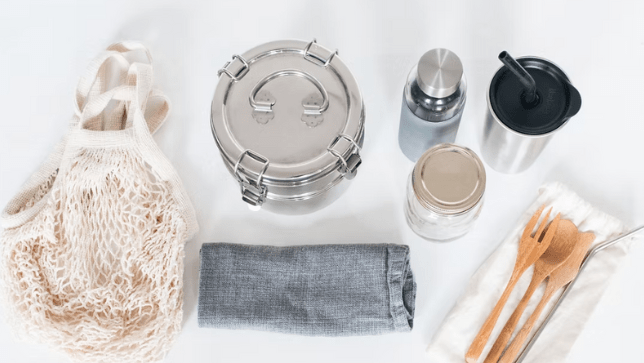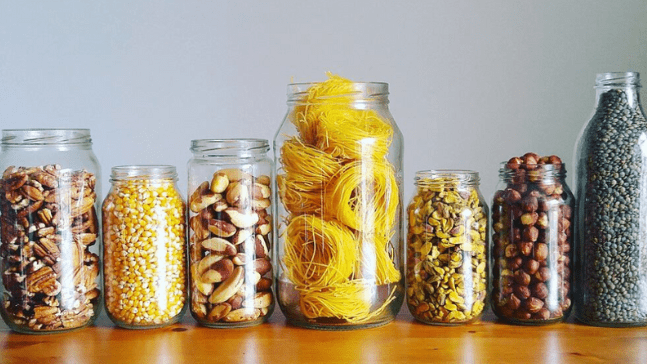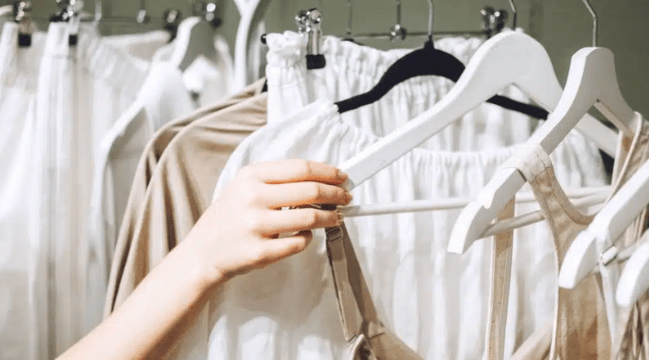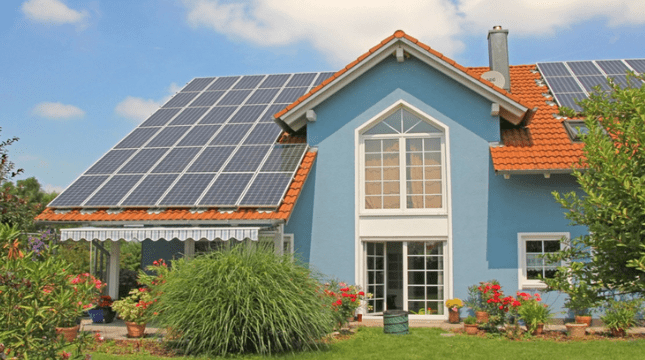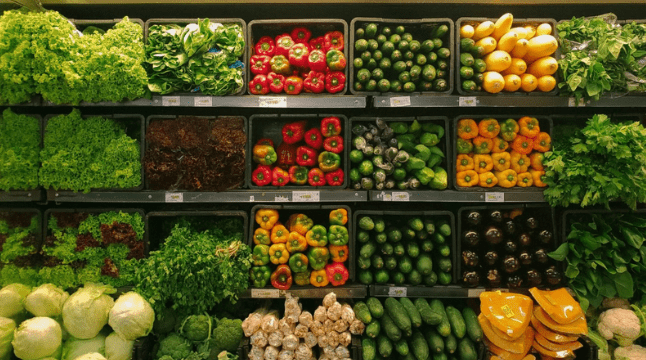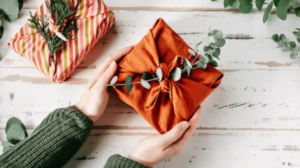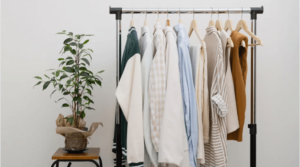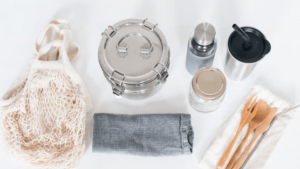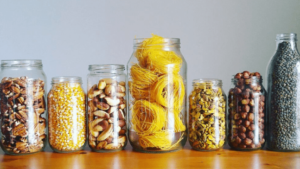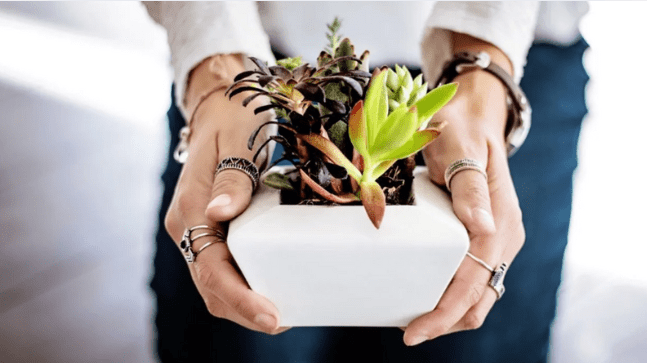The holiday season is a time of joy, giving, and celebration — but it also ranks among the highest in waste and carbon emissions due to excessive packaging. Each year, tens of billions of tons of wrapping paper, boxes, ribbons, and plastic flood landfills and boost greenhouse gases.
What if you could enjoy the magic of the holidays without leaving a carbon footprint? Welcome to carbonless holiday packaging — a colorful, inventive, and sustainable way to wrap gifts that will wow your recipients and honor the planet.
Why Carbonless Holiday Packaging Matters
Traditional holiday packaging often involves:
-
Plastic tapes, bows, and ribbons that are unrecyclable
-
Glitter, foil, and dyed wrapping paper contaminating recycling streams
-
Deforestation from overproduction of paper
-
High carbon emissions from manufacturing and transport
Carbonless packaging offers:
-
Reused, biodegradable, or recyclable materials
-
Zero or minimal waste designs
-
Low-carbon processing methods
-
Handcrafted and locally sourced components
This means less waste, lower emissions, and gifts wrapped in care for Earth.
Top Carbonless Holiday Wrapping Ideas
-
Cloth Wraps (Furoshiki): Inspired by Japanese tradition, reusable scarves, tea towels, or custom fabrics that wrap gifts beautifully and double as part of the present.
-
Twine & Recycled Kraft Paper: Rustic, vintage style using natural jute twine and brown recycled paper, enhanced with pine sprigs, dried oranges, or cinnamon sticks.
-
Seed Paper Tags & Wrap: Biodegradable paper embedded with flower or herb seeds that grow after composting—adding a living touch to gifts.
-
Upcycled Materials: Old newspapers, maps, sheet music, or calendars customized with organic embellishments or hand-drawn patterns.
-
Reusable Gift Bags & Boxes: Durable cloth bags, wooden or metal boxes, and decorative tins for repeated use.
-
Compostable Cellophane: Plant cellulose wraps that provide clear packaging without plastic waste.
-
DIY Natural Dyes & Stamps: Use beetroot, turmeric, or other natural dyes with vegetable or potato stamps on recycled paper for personalized wrapping.
-
Minimalist Twine & Greenery: Simple bundles tied with twine and accented with fresh or dried eucalyptus, rosemary, or pine sprigs.
-
Tape Alternatives: Use paper tape with natural adhesive or fold and tie packages without tape.
-
Reusable Wrap Kits: Invest in sets of reusable wraps and ribbons to use year after year.
Where to Find Carbonless Packaging Products
-
Specialty craft and eco-friendly stores
-
Artisans and local craftswomen creating fabric wraps and bags
-
Seed paper and pollinator-support kits online or in green shops
-
Local swap groups or upcycling collections
Tips for Designing Stunning Carbonless Holiday Wraps
-
Layer textures by combining cloth and paper
-
Add hand-lettered or calligraphy gift tags for a personal touch
-
Use warm natural scents like cinnamon or pine to enhance unwrapping experience
-
Choose neutral or natural color schemes for timeless elegance
Eco-Friendly Benefits of Carbonless Packaging
-
Reduces plastic and paper waste
-
Cuts carbon emissions from production and disposal
-
Supports circular economies and reuse culture
-
Promotes responsible consumer behavior
Common Myths Debunked
-
Myth: Carbonless packaging is less festive
Fact: It can be uniquely beautiful and full of holiday joy. -
Myth: It’s more expensive
Fact: Many options start from recycled or low-cost materials and save money long term. -
Myth: It’s difficult
Fact: Easy swaps and DIY projects make it accessible for everyone.
Conclusion
Choose carbonless wrapping to reflect your love for family, friends, and the planet this holiday season. Reusable, recycled, and natural accents gift not just presents but a cleaner, greener future. Each wrap-free package is a step toward a dazzling and sustainable holiday tradition. Ready to make your gifts uniquely memorable? Embrace carbonless holiday wrapping and spread responsible joy!
Carbonless Holiday Packaging FAQs
Q1: Do fabric wraps come in sizes for large gifts?
A: Yes, fabric wraps are flexible and can be folded or tied to fit any shape or size.
Q2: Where can I buy seed paper?
A: Available at many eco-friendly stores and online retailers.
Q3: How do I compost seed paper?
A: Simply plant it in soil, water it, and it will biodegrade and grow plants.
Q4: Where to find compostable cellophane bags?
A: Increasingly available through eco-conscious retailers and online marketplaces.
Q5: Can I combine carbonless packaging with recycled gift bags?
A: Absolutely! Mixing reusable bags with carbonless wraps adds extra sustainable layers.

